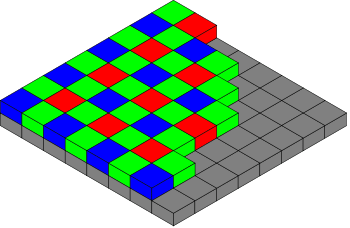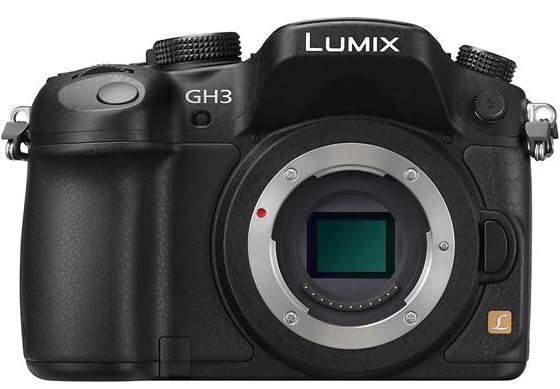Last Updated on 02/04/2013 by Chris Gampat
Panasonic just published a press release in which the company states that it has patented a new sensor technology that effectively gains a stop of light sensitivity by doing away with the color filter. The idea is not new–in the past, people had their cameras modified to be monochrome only by taking away the color filter array. The same has been done with the Leica M Monochrom, which effectively boosted its base ISO from 160 to 320. However, Panasonic’s new technology doesn’t leave the camera ‘color blind’. Quite on the contrary.

The technology that Panasonic developed–or rather, is still in the process of developing–makes use of the inherent properties of the different wavelengths of light, and the way these can be refracted. Much like a prism that fans out the separate light wavelengths to the colors of the rainbow, Panasonic’s new technology diverts the different wavelengths of red, blue and green light to the corresponding pixels with the help of a special refractive material. To the effect of gaining a whole stop of light sensitivity that was previously lost due to the color filter swallowing half of the incoming light.
The exact physical process behind this eludes me, as I am in no way a physicist. However, the basic principle is thus: incoming light hits the refractive material just above the photo diode (‘color splitters’ as Panasonic call them.) Light wavelength #1 (say, red) passes right through, while wavelengths #2 and #3 (blue and green) are refracted and diverted to the surrounding pixels. This way, all of the incoming light can be used, and each pixel–being fed not only by the light hitting it directly, but also by light coming from the color splitters above the pixels surrounding it–receives an average of 50% more light than with a traditional color filter array, effectively making the sensor one full stop faster–which translates to less noise at higher ISOs.

The technology is not yet ready to be marketed, though, and it will probably take a while until we’ll see it implemented in actual cameras. However, if done properly, this could be the next big thing after the introduction of backlit CMOS sensors, and the next major reinvention of the digital sensor since the Foveon technology.
Please Support The Phoblographer
We love to bring you guys the latest and greatest news and gear related stuff. However, we can’t keep doing that unless we have your continued support. If you would like to purchase any of the items mentioned, please do so by clicking our links first and then purchasing the items as we then get a small portion of the sale to help run the website.


